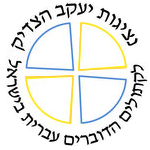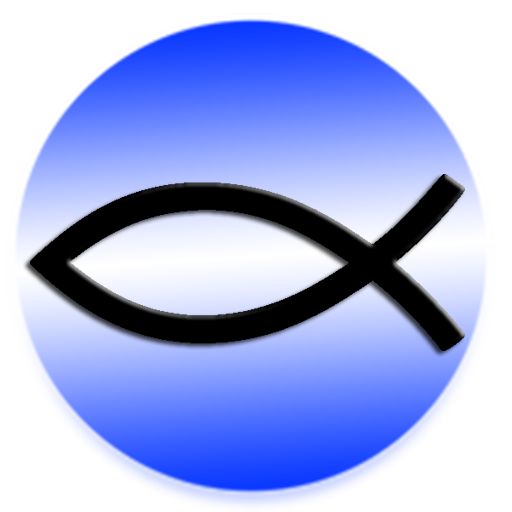Ziv: Parashat Terumah
Each week, Gad Barnea or Sister Agnès de la Croix (from the Community of the Beatitudes) proposes a reflection on the portion of the Pentateuch that is read in the synagogue (parashat hashavua). This week the portion is from Exodus 25:1-27:19 with the haftarah (additional reading) from 1Kings 5:26–6:13. They call their reflection “ziv” – a ray of light.
![]()
You shall make a lampstand of pure gold
The last chapters of the book of names (Shemot - Exodus) deal with the construction of the tabernacle in the desert, with the exception of the story of the golden calf which is placed in the middle of these narratives. The fabrication of this idol is in fact the exact opposite of the work of the construction of the tabernacle. The calf is born out of an unbelieving people who did not want to wait for Moses, and took this initiative without any consultation. The tabernacle is made at the order of God to shelter the ark which contains the tablets of the covenant, of which the first commandment prohibits having any other god apart from the Lord. From the outside we see only wood, living matter capable of growing. According to the commentaries, the calf is not made of pure gold, but of a rough and opaque matter which held the light without letting it shine outside. The inside of the ark, hidden from view, is paved with pure gold, which has led to a saying that a wise man should act in the same manner in public as in private.
The midrash shows the analogy of this construction and the human body: gold for the soul, silver for the body, brass for the voice, blue for veins, red for blood… It has also been shown that the tabernacle is a replica of the work of creation with the gold for the sun, the blue for the sea etc. The whole of creation is therefore a tabernacle, like the human body, in the image of God.
At the heart of the tabernacle we find the tree of life of the Menora, from which light flows continuously. This tree of light evokes the Torah, which is also compared to a tree that gives its fruit in every season and every day: there are on the menorah of seven branches leaves, and at the same time, flowers, buds and fruit… this tree is an almond tree, the first to bud at the end of winter.
The sages have calculated that the commandment of the construction was given on the 10 of Tishrei, which is Yom Kippur, the day when all the sins of the people are pardoned. A different tradition explains that, as in the Torah, “there is no before and after”, this commandment was given precisely on the day of the sin of the golden calf. Rabbi Levi Yitzchak of Berditchev explains it in this way that this parasha starts with “Tell the Israelites”. God has to give Moses this commandment because when he saw the calf, he was overcome with such anger that he did not wish to speak to them anymore… The tent bears therefore witness to the faithful presence of God with His people, whatever the circumstances might be: it is always possible to return through repentance. As was said: “make me a sanctuary, so that I may dwell among them”. Shabbat Shalom.












 Rosh HaShana – the Feast of God the Father
Rosh HaShana – the Feast of God the Father Four Words For the Easter Season
Four Words For the Easter Season Ash Wednesday of T. S. Elliot
Ash Wednesday of T. S. Elliot Holy Wednesday
Holy Wednesday Epiphany – the light will conquer the darkness
Epiphany – the light will conquer the darkness